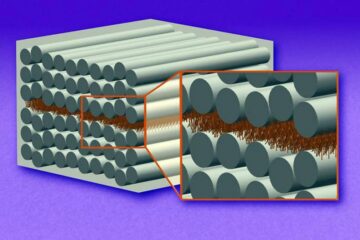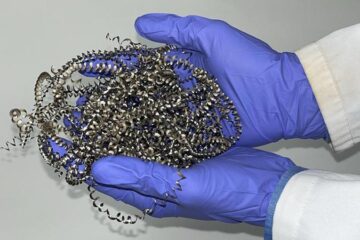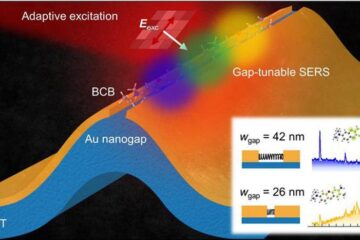Island Ferries Take on Role of Research Vessels Collecting Data about Nantucket Sound

Woods Hole Oceanographic Institution (WHOI) biologist Scott Gallager and colleagues have installed a package of sensors on the 235-foot freight ferry Katama to measure water quality and to photograph plankton as the ferry crisscrosses the western side of Nantucket Sound year-round, several times daily.
“Hitchhiking science on a ferry provides a terrific opportunity for us to better understand how water quality and ocean life change over time,” Gallager said. The measurements for the Nantucket Sound Ferry Scientific Environmental Monitoring System began in May.
With the interest and cooperation of the Woods Hole, Martha’s Vineyard and Nantucket Steamship Authority, which operates the ferry service between Cape Cod and the islands, Gallager and colleagues developed a sensor package to measure water temperature, salinity, oxygen, chlorophyll, and water clarity, and take images of plankton living in the water column. Real-time data from the sensors travel over a wireless connection to Gallager’s shore-based lab, where he and WHOI colleagues Steve Lerner, Emily Miller, Andrew Girard, Andy Maffei, and collaborator Kevin Fall from Intel Corporation make them available to scientists and the public on the project Web site, http://4dgeo.whoi.edu/ferries.
The WHOI team will be installing another instrument package on the Steamship Authority ferry Eagle, which runs between Hyannis and Nantucket on the eastern side of Nantucket Sound. Their objective is to build up a detailed, continuous portrait of changing water conditions and plankton communities in Nantucket Sound over long time scales.
Nantucket Sound is a triangular area of coastal ocean between Cape Cod, Martha’s Vineyard, and Nantucket and is known for its changing water conditions and diverse marine life. The cold south-flowing Labrador Current nearby collides with warm water in the relatively shallow Nantucket Sound, creating a perpetual front just inside the eastern Sound. As water shifts with the wind and the tides, warm-water and cold-water species are thrust into the same space. Waters loaded with nutrients, from septic systems and runoff along the developed Cape Cod coastline, also mingle in the Sound with North Atlantic waters that have far fewer nutrients.
Gallager studies plankton, the tiny and abundant swimming animals that serve as food for coastal fish and marine mammals. The numbers and proportions of different plankton in coastal oceans change with the seasons and ocean conditions, and Gallager is interested in the processes and their time scales that control those changes.
The availability of plankton can make the difference between healthy and undernourished stocks of commercial finfish and shellfish. Storms, nutrient runoff from coastal development, and the warming of coastal ocean waters could drastically alter the types of plankton that flourish in Nantucket Sound, and therefore the quantity and quality of food for fish, marine mammals, and ultimately people.
“A long-term archive of how conditions change in Nantucket Sound could provide an early warning about the health and function of coastal regions important to our economy and our quality of life,” Gallager said.
The Nantucket Sound Ferry Scientific Environmental Monitoring System project is supported by the Woods Hole Sea Grant program.
Media Contact
More Information:
http://www.whoi.eduAll latest news from the category: Ecology, The Environment and Conservation
This complex theme deals primarily with interactions between organisms and the environmental factors that impact them, but to a greater extent between individual inanimate environmental factors.
innovations-report offers informative reports and articles on topics such as climate protection, landscape conservation, ecological systems, wildlife and nature parks and ecosystem efficiency and balance.
Newest articles

“Nanostitches” enable lighter and tougher composite materials
In research that may lead to next-generation airplanes and spacecraft, MIT engineers used carbon nanotubes to prevent cracking in multilayered composites. To save on fuel and reduce aircraft emissions, engineers…

Trash to treasure
Researchers turn metal waste into catalyst for hydrogen. Scientists have found a way to transform metal waste into a highly efficient catalyst to make hydrogen from water, a discovery that…

Real-time detection of infectious disease viruses
… by searching for molecular fingerprinting. A research team consisting of Professor Kyoung-Duck Park and Taeyoung Moon and Huitae Joo, PhD candidates, from the Department of Physics at Pohang University…





















